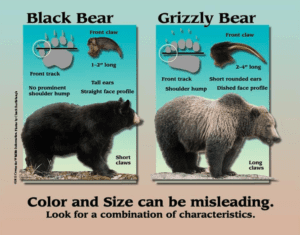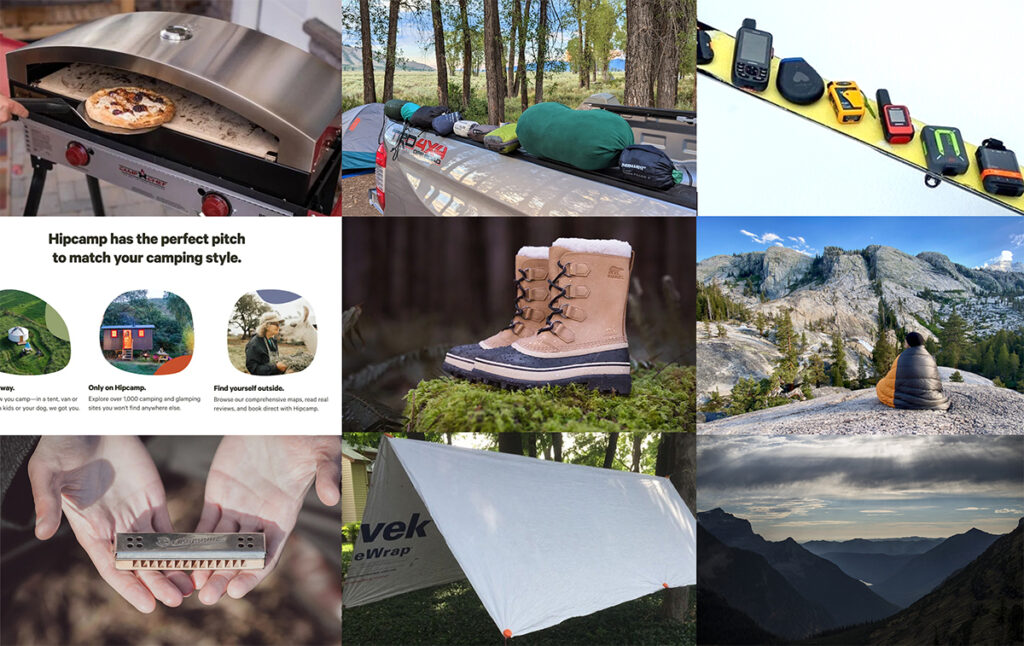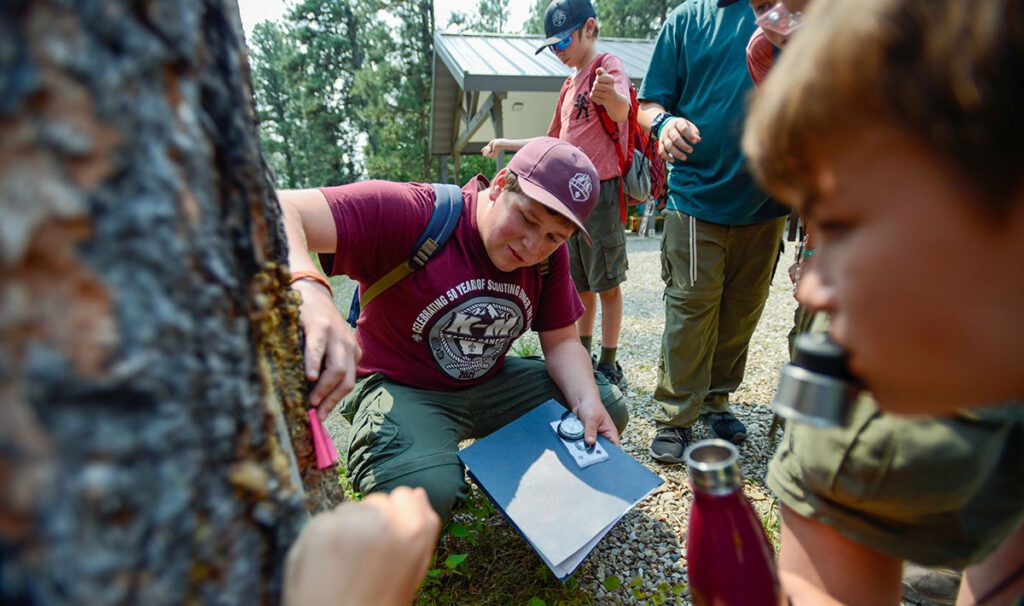Winter is almost over. The snow is starting to melt, the days are getting longer, troops and crews are planning extended hikes and campouts as the weather starts to get warmer.
Sounds great, but do you know when bears are starting to come of hibernation? Are you bear aware?
Don’t be surprised by a bear encounter. Be ready, be alert, have a plan and carry bear spray! Educate your scouts and venturers about bear encounters.
Grizzly Bears
Male grizzlies come out of hibernation in mid to late March. Females with cubs emerge later, in April to early May. After an unseasonably warm winter, bears may temporarily emerge from their dens as early as January or February and usually go back in when colder weather returns.
Black Bears
Black Bears den in lower elevations and therefore wake earlier, typically in March. Sometimes, if there is a warm winter and food is available, bears might emerge out of their dens to eat. (http://www.yellowstonepark.com/yellowstone-bear-hibernation/)
BEING SAFE IN BEAR HABITAT:
Here are some important rules to be safe in bear country.
1) Be Vigilant – Being vigilant for bears and bear sign (tracks, scat, feeding sites) can reduce the chances of stumbling onto a bear at a close distance, thereby reducing the risk of bear attack. Be especially vigilant if hiking off-trail.
2) Carry Bear Spray – Bear spray has proven to be effective at stopping aggressive bear behavior during surprise encounters when the person involved has time to deploy it.
3) Make Noise – Making noise while hiking is an effective method of forewarning bears of your presence, thereby reducing the chances of surprise encounters and related attacks.
4) Don’t Run – Running during an encounter can trigger a chase response in a bear. In addition, jogging in bear-country increases the odds of surprise encounters at close distances and surprised bears are more likely to be aggressive.
5) Do not Hike Alone – Hiking in group sizes of 3 or more people or traveling by horseback is known to reduce the risks of bear attack. Larger groups are more intimidating to bears and more likely to have at least one member making noise or being vigilant, thereby reducing the risk of bear attack.
SOME BEAR BASICS:
When bears come out of hibernation, they look for easy food sources. Often, the quick meal is a carcass of an animal that has died during the winter (winter-kill), like elk and bison. Later in the Spring, young newborn elk become the meal of choice for some bears but the young elk are only vulnerable to bears for a few weeks. When they get about 3-4 weeks old, elk calves can run fast enough that they are rarely caught be bears.
It is a bit of a myth that bears awake super hungry. Kerry Gunther, who leads Yellowstone’s bear management program told the Yellowstone Association, “When they first come out they don’t eat that much, and they are lethargic. For a week or two, they spend more time sleeping on the carcass than eating it. Their metabolisms are not totally kicked in–they are in a kind of walking hibernation.”
“To ensure an encounter with a bear is only an encounter—not a conflict—it helps to learn more about the behavior of these wild animals and to take steps to prepare yourself to see one. Bear behavior may seem unpredictable, but it is possible to get a sense of whether they are curious, threatened, or preparing to attack by observing the situation and taking the season, food sources and other factors into account.” (http://fwp.mt.gov/recreation/safety/wildlife/bears/)
BEAR IDENTIFICATION:
Bear biologists and outdoor educators encourage people recreating in Montana’s bear country to carry and know how to use bear spray in emergencies. Take the time to learn and teach the Scouts and adult leaders in your unit how to use bear spray.
This is would be a perfect unit meeting agenda in preparation to go on a hike or campout. Telling a grizzly bear from a black bear can be a challenge because many physical indicators are common to both species. Color and size are not reliable indicators of species.
Key things to look for are the claws and the shape of the nose. It is best to use a combination of characteristics when trying to determine species. Bear identification is important for your safety and to protect bears. When you know whether you are dealing with a grizzly or a black bear, you know something about the most appropriate actions to take.
If you would like a PDF of the information provided here, download from the link below.
Be Bear Aware
For more information, visit the Montana Fish, Wildlife and Parks website.
(Many Thanks to Dr. Chris Servheen, Council Conservation Committee Chair, for his help writing this article)
Tony Higuera
Chairman Risk Management Committee





